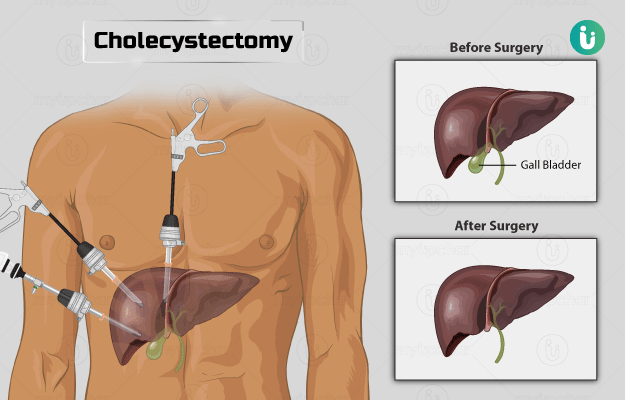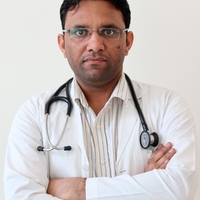Summary
Cholecystectomy is a surgery for the removal of the gallbladder, which is a small pear-shaped organ under the liver. This surgery is generally recommended for relieving gallbladder pain occurring due to gallstones. It can be performed either laparoscopically or by the open method. Your doctor may suggest you get a list of tests done before the operation to make sure that you are fit enough to undergo the surgery and assess your risk of complications. The surgery generally takes around one to two hours.










































